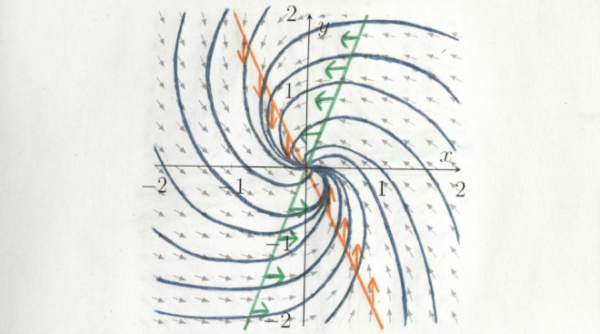Numbers & Graphs Beware!
This weekend I am going to ask you: do numbers and graphs really confuse you to the point where you are nervous about falling behind in class? The answer varies, and it begins with the COLL Curriculum! Those who have already tackled the NQR portion say they can handle the quantitative data for any discipline, or it needs to be clarified yet worthwhile in the end. Others feel burnt out from the mathematical phenomena and look elsewhere to study. If you love NQR yet the math flies over you like a rocket, ask yourself the following.
Why can’t I memorize numbers and graphs for exams?
As adults, we tend to have fun as time flies and then memorize the material just hours before the test. This is a good opposite of what professors want us to do. To do the math, you must understand how it works, learn its concepts, and practice it daily. In rare cases that happened in my community college physics class, we have to know how to draw a diagram depicted in the lecture. It hurts when you just skim it and draw it imperfectly on exams. So if you struggle with the math and drawing, your professors, academic advisors, tutors, and Peer Advisors are your best bets for improving your grade.
How many credits am I taking this semester?
The credits you take every semester can make a huge impact on your ability to concentrate on your quantitative skills. 15 STEM credits are similar to 18 non-STEM credits in terms of feeling overwhelmed. Despite William & Mary offering very rigorous courses, a lot of us end up taking 15 credits and receive less-than-stellar grades anyway. Therefore, you will want to take 12 credits to make room in your schedule for time-intensive studying and research. And this represents the precautionary tale of 15 credits for an average college student (regardless of his or her major)!
Are labs even important in science?
To define, science is the study of the structure and behavior of the world through observation and experimentation. By experimentation, I mean real, live labs that involve chemicals, animals, supercomputers, etc. As for the importance of joining a lab, it depends on you. At William & Mary, you have the opportunity to determine the types of labs that you are most comfortable with as you do not need to register for a lab for every math or science lecture you go to. But you may want to take at least one introductory lab and tell yourself how you feel. It would be different from the labs you had to take back in high school and/or community college. If you already feel overwhelmed with teamwork, cook-booked procedures, and time management; you should see your academic advisor and discuss your own preferences of conducting research.
Wherever you are on the STEM course spectrum, you can rely on my advice to encourage yourself to enrich your analytical mind. After all, the numbers and graphs may not sound as scary as you think!





No comments.
Comments are currently closed. Comments are closed on all posts older than one year, and for those in our archive.